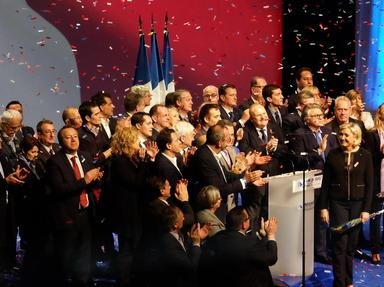Quiz Answer Key and Fun Facts
1. James M. Cox (Democratic Party)
2. John W. Davis (Democratic Party)
3. Thomas E. Dewey (Republican Party) -- first loss
4. Thomas E. Dewey Republican Party) -- second loss
5. Herbert Hoover (Republican Party)
6. Alfred M. Landon (Republican Party)
7. Alfred E. Smith (Democratic Party)
8. Adlai Stevenson (Democratic Party) -- first loss
9. Adlai Stevenson (Democratic Party) -- second loss
10. Wendell Willkie (Republican Party)
Source: Author
bernie73
This quiz was reviewed by FunTrivia editor
stedman before going online.
Any errors found in FunTrivia content are routinely corrected through our feedback system.

